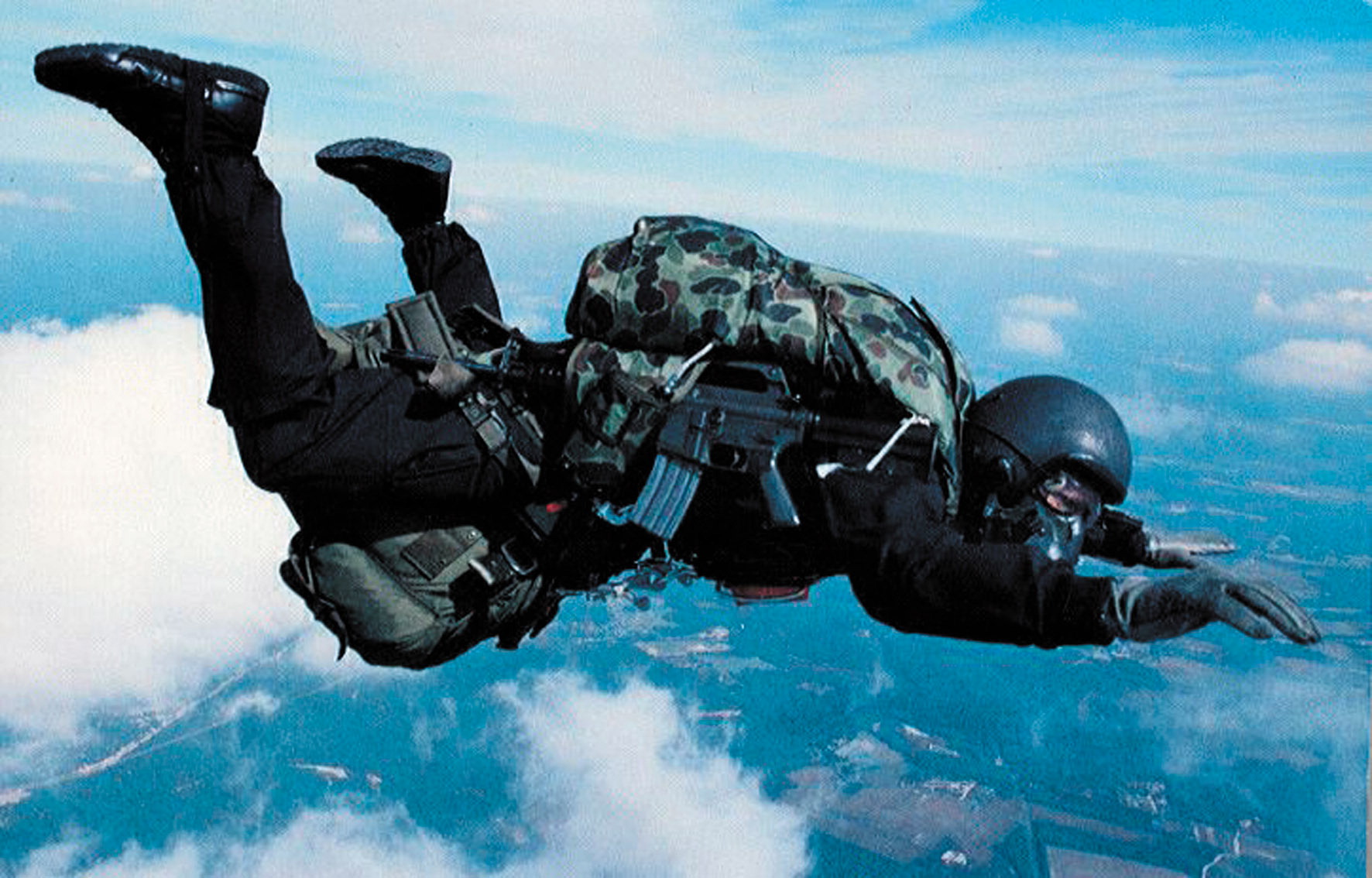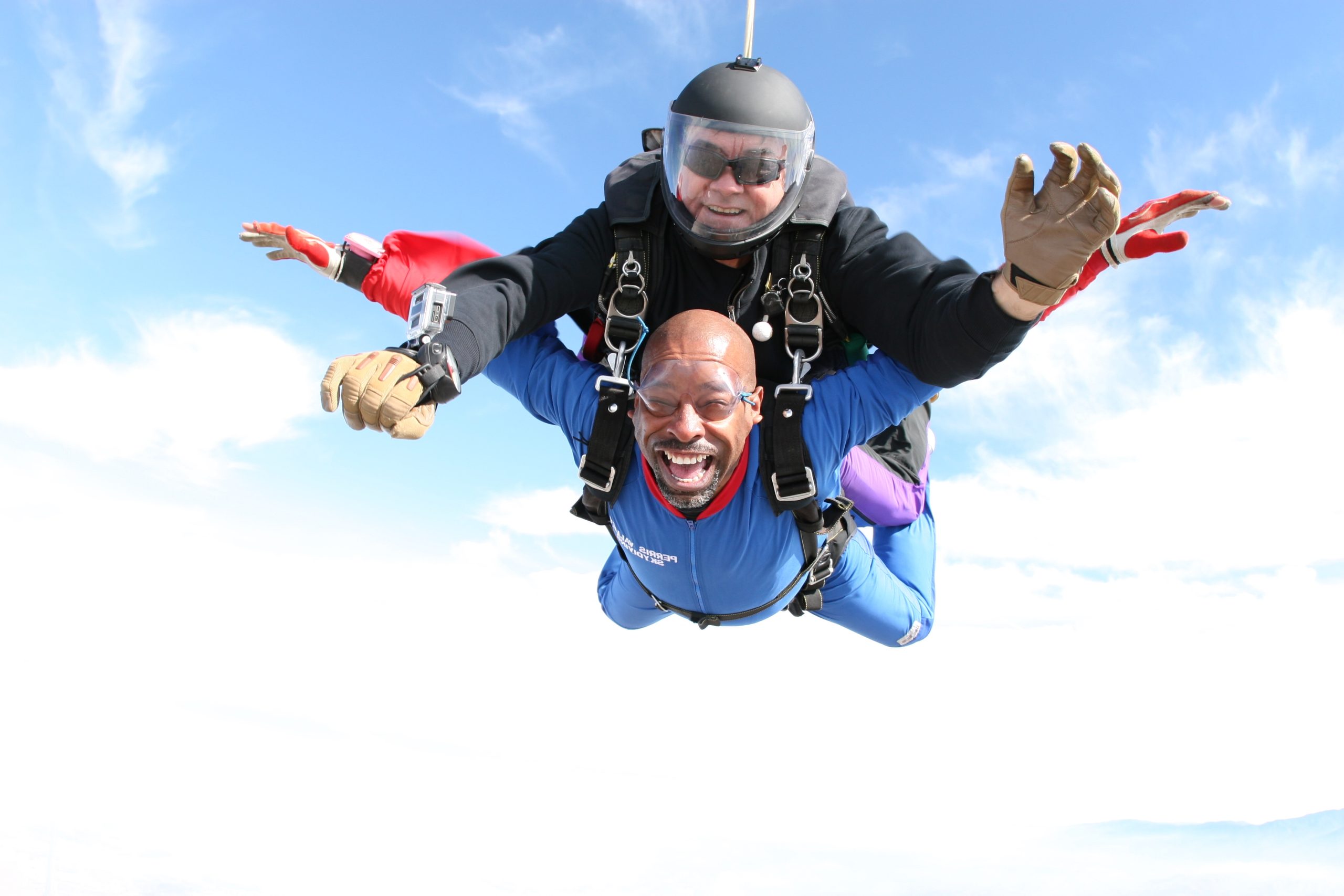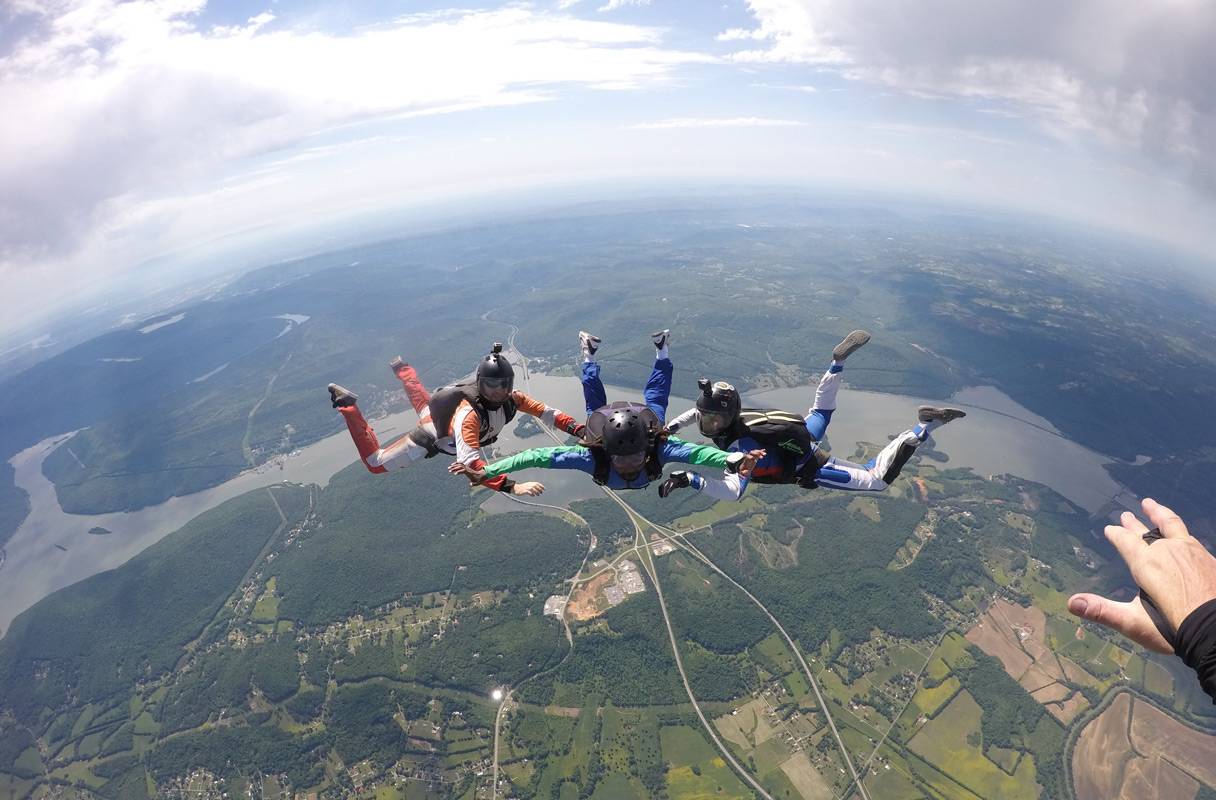Skydiving is already one of the most thrilling experiences a person can have. But for adventure travellers and extreme sports enthusiasts seeking the ultimate adrenaline rush, High Altitude Low Opening (HALO) jumps take skydiving to a whole new level. From military operations to civilian adventure experiences, HALO jumps are a combination of skill, precision, and sheer excitement. In this guide, we cover seven powerful facts every skydiver must know before attempting a HALO jump.
What is High Altitude Low Opening (HALO)?
High Altitude Low Opening (HALO) is a specialized skydiving technique where jumpers exit the aircraft at extremely high altitudes — often above 20,000 feet — but deploy their parachutes at low altitudes, usually below 5,000 feet. This method is popular among military personnel for stealth operations, but adventurous civilians are increasingly trying HALO jumps under controlled environments.
Key Facts About HALO Jumps:
- Jump Altitude: Typically ranges from 20,000 to 35,000 feet.
- Opening Altitude: Parachutes are deployed between 2,000–5,000 feet.
- Purpose: Increases freefall duration and reduces visibility from the ground.
- Skill Requirement: Demands advanced skydiving training and oxygen equipment due to high altitude.
High Altitude vs Low Altitude Skydives
| Feature | High Altitude (HALO) | Low Altitude |
|---|---|---|
| Exit Altitude | 20,000–35,000 ft | 10,000–15,000 ft |
| Parachute Deployment | Low (2,000–5,000 ft) | High (4,000–10,000 ft) |
| Freefall Duration | Long (60–90 sec) | Short (30–60 sec) |
| Risk Factor | High due to altitude & oxygen requirement | Moderate |
| Best For | Experienced skydivers | Beginners & casual jumpers |
HALO jumps offer a longer freefall experience compared to low-altitude jumps, giving adrenaline seekers an unforgettable thrill.
The Difference Between HAHO and HALO
While HALO stands for High Altitude Low Opening, HAHO means High Altitude High Opening. Both involve jumping from high altitudes, but there are critical differences.
Key Differences:
- HAHO (High Altitude High Opening):
- Parachute is deployed shortly after exiting the plane, often immediately.
- Jumpers glide for long distances using the parachute, covering several miles.
- Used mainly for covert military operations where stealth is critical.
- HALO (High Altitude Low Opening):
- Parachute deployment occurs at low altitude, maximizing freefall time.
- Focused on speed and stealth descent.
- Offers an adrenaline-packed freefall experience for skydivers.
HAHO vs HALO Comparison Table:
| Feature | HAHO | HALO |
|---|---|---|
| Parachute Deployment | High | Low |
| Freefall Time | Short | Long |
| Glide Distance | Very Long | Moderate |
| Stealth Factor | High | Moderate |
| Target Audience | Military & Tactical | Military & Adventure Enthusiasts |
Can Civilians Do a HALO Jump?
Many first-time skydivers wonder: “Can civilians participate in HALO jumps?” The answer is yes, but with some conditions.
Civilian HALO Jump Requirements:
- Training: Advanced skydiving certification is required; often a minimum of 200 solo jumps.
- Physical Fitness: Strong cardiovascular health and no serious medical conditions.
- Equipment: Oxygen systems for high-altitude jumps, specialized HALO parachutes, altimeters.
- Cost: Typically ranges from $2,000–$5,000 per jump depending on location and instructor availability.
Locations offering civilian HALO experiences include the United States, Europe, and select adventure tourism hubs worldwide. While it’s more challenging than a standard skydive, the experience is unforgettable.
Safety Considerations in HALO Jumps
HALO jumps are not for beginners. The combination of extreme altitude and late parachute deployment increases both risk and excitement.
HALO Safety Tips:
- Oxygen Equipment: Essential for jumps above 15,000 feet.
- Proper Gear: HALO-specific parachutes and altimeters reduce risk.
- Weather Awareness: Strong winds and low visibility can be dangerous.
- Experienced Instructors: Always jump with certified HALO trainers.
- Duration of Jump: Freefall lasts 60–90 seconds depending on altitude.
For related statistics on skydiving safety, check out our article on Skydiving Deaths per Year.
HALO Jump Altitudes and Records
HALO jumps are not only thrilling but also record-breaking in some cases.
Notable Facts:
- Lowest Opening: Typically around 2,000 feet, minimizing parachute exposure.
- Highest HALO Jump: Some military operations have reached altitudes of 35,000 feet.
- Comparison: Low Altitude Low Opening (LALO) jumps occur at 3,000–5,000 feet exit altitude, offering shorter freefall time.
Altitude Comparison Table:
| Jump Type | Exit Altitude | Opening Altitude | Freefall Duration |
|---|---|---|---|
| HALO | 20,000–35,000 ft | 2,000–5,000 ft | 60–90 sec |
| LALO | 3,000–5,000 ft | 1,500–2,500 ft | 20–40 sec |
Costs and Training for HALO Jumps
HALO jumps require more investment than standard skydives due to specialized equipment and training.
Cost Breakdown:
- Training: $500–$1,000 for advanced courses.
- Jump Fees: $2,000–$5,000 per jump including instructor and equipment.
- Equipment: HALO parachute and oxygen gear, often included in jump packages.
Training Tips:
- Begin with standard skydiving courses.
- Progress to high-altitude courses once confident.
- Practice using oxygen masks at high altitudes.
Tips for a Successful High Altitude Low Opening Jump
- Prepare Mentally: HALO jumps are as much mental as physical. Visualize your freefall and parachute deployment.
- Train Physically: Cardiovascular health and flexibility are crucial.
- Choose Reputable Instructors: Experience matters; don’t compromise safety.
- Check Gear Twice: Ensure oxygen masks, altimeters, and parachutes are in perfect condition.
- Understand Weather Conditions: Clear skies and low wind are ideal for HALO jumps.
Frequently Asked Questions (FAQs)
1. What is high altitude low opening altitude?
High Altitude Low Opening (HALO) typically involves exiting the aircraft at 20,000–35,000 feet and deploying the parachute at 2,000–5,000 feet. This maximizes freefall time and reduces visibility from the ground, making it popular for military operations and thrill-seeking skydivers.
2. What is the difference between HAHO and HALO?
HAHO (High Altitude High Opening) involves deploying the parachute immediately after jumping, allowing long glides over several miles. HALO deploys the parachute at a low altitude, emphasizing longer freefall and a faster descent. Both are high-altitude jumps but serve different purposes.
3. Can civilians do a HALO jump?
Yes, civilians can perform HALO jumps with advanced training and certification. Requirements include a minimum number of solo jumps, physical fitness, and the use of specialized oxygen and HALO parachute equipment. Civilian jumps typically cost $2,000–$5,000.
4. What is the lowest opening altitude for a HALO jump?
The lowest parachute deployment for HALO jumps is usually around 2,000 feet. This ensures a longer freefall while maintaining safety.
5. How long does a HALO jump last?
A typical HALO freefall lasts 60–90 seconds, depending on the exit altitude. The total jump, including parachute descent, can take 3–5 minutes.
6. What type of parachute is used in HALO jumps?
HALO jumps use specialized high-performance parachutes designed for stability at high speeds and altitudes. These parachutes often come with automatic activation devices for added safety.
7. How much does a HALO jump cost?
Civilian HALO jumps cost between $2,000–$5,000, including equipment, instructor fees, and training sessions. Additional costs may apply for oxygen systems and advanced courses.





